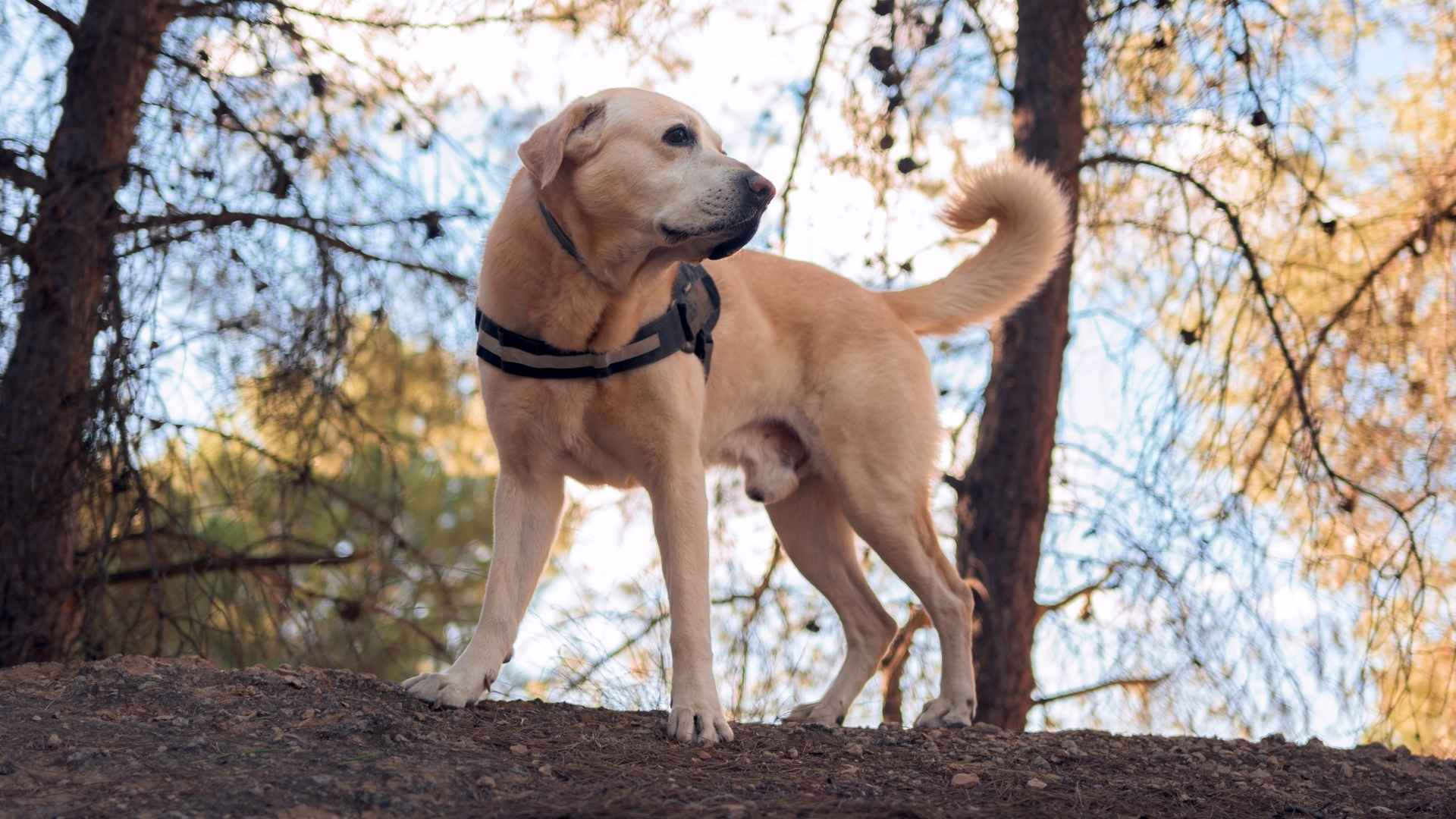Imagine a dog with a nose so powerful, it can detect an endangered animal hiding beneath layers of earth and leaves—or sniff out an invasive species before it spreads.
Wildlife detection dogs are the unsung heroes of conservation work, using their incredible sense of smell to protect ecosystems, track rare species, and assist researchers in ways no machine ever could.
These dogs don’t just sniff—they serve. They work in forests, wetlands, deserts, and remote regions alongside rangers, scientists, and biologists. Their job? Find wildlife without disturbing it. Whether it’s turtle nests, bat colonies, or elusive carnivores, these canine conservationists are changing how we monitor and preserve nature.
If you’ve ever wondered what kinds of dogs are doing this amazing work, you’re about to meet the true nature detectives. Here are the best dog breeds for wildlife detection—four-legged allies on the front lines of conservation.
Best Dog Breeds for Wildlife Detection
1. Labrador Retriever
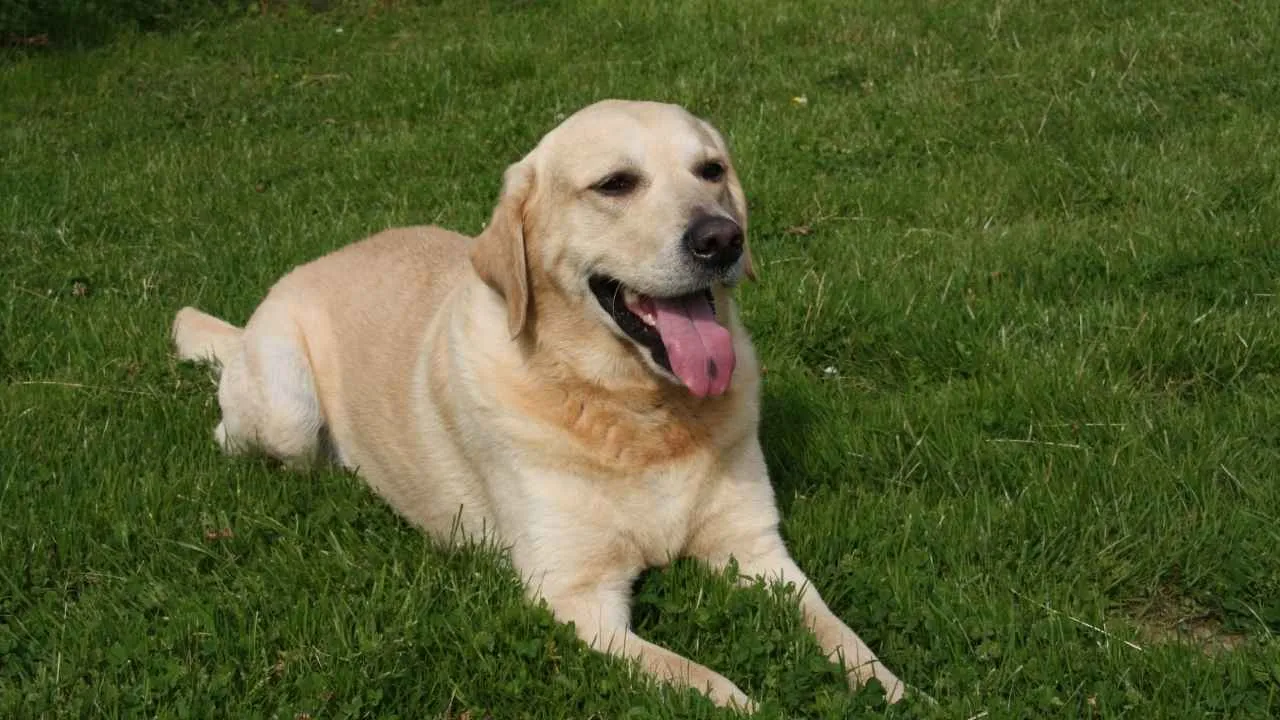
Labrador Retrievers are basically the Swiss Army knives of the dog world. Need a bird dog? Check. Family companion? Check. Emotional support fluffball with detective-level sniffing skills? Double check.
Originally bred as gun dogs, Labs are rock stars in the field of wildlife detection, especially when it comes to duck hunting breeds.
Labrador Retrievers generally weigh between 55 and 80 pounds, with females usually falling toward the lighter end of the spectrum. They stand about 21 to 25 inches tall and are known for their broad heads, strong noses, deep chests, thick tails, and sturdy, muscular frames.
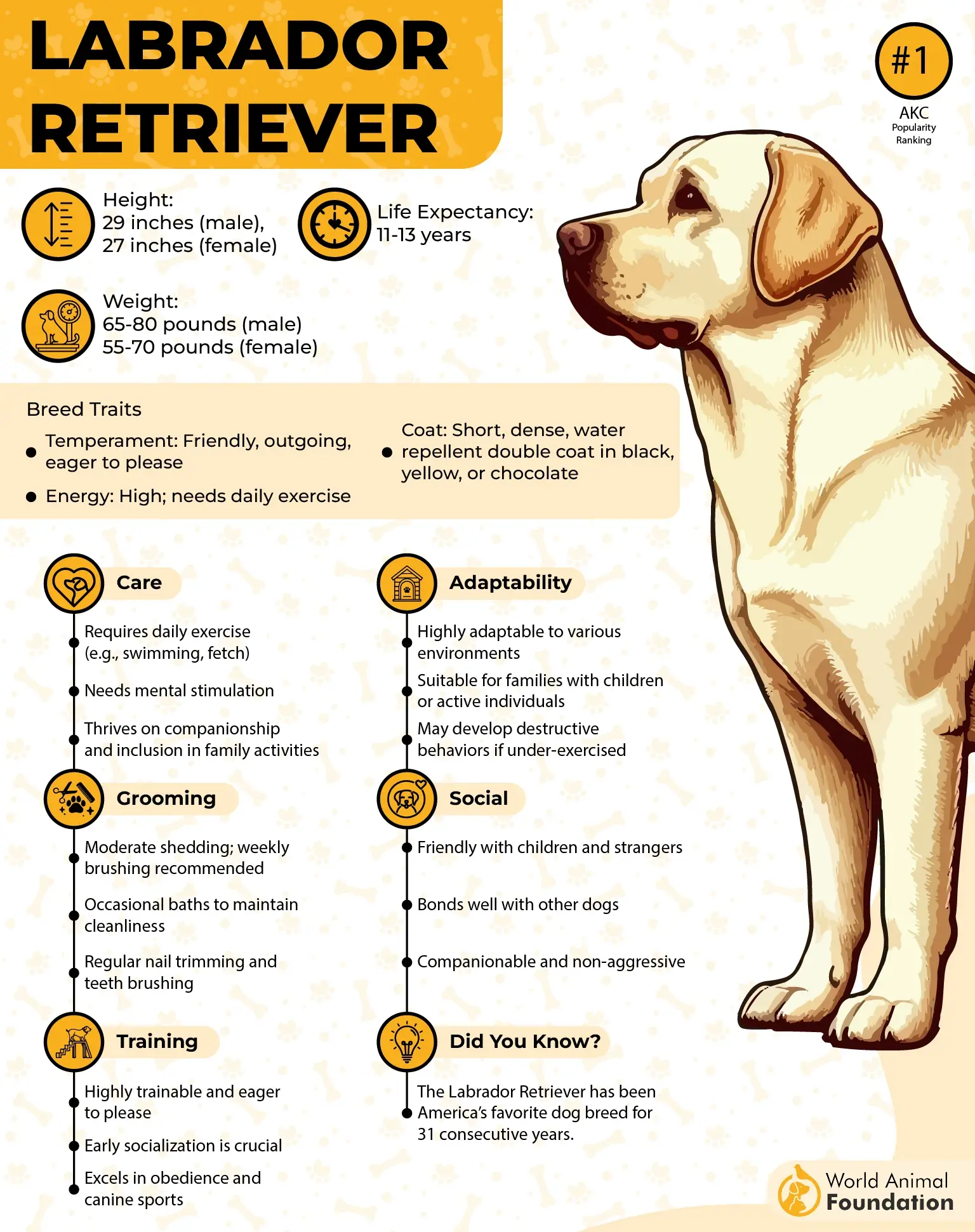
Their incredible sense of smell, trainability, and boundless enthusiasm make them ideal for spotting, sniffing, and retrieving wildlife (without ever losing their cool). And when the hunt is over? They’re happy to swap camouflage for couch cuddles.
Why Labs Lead the Pack in Wildlife Detection:
✔ Their noses can detect more than just bacon on the grill.
✔ When not working, they double as the best family dog you could ask for.
✔ Training them feels more like teamwork than a chore.
Labrador Retrievers have a natural love for water—originally bred to assist fishermen. Nowadays, they make fantastic companions for families who enjoy outdoor activities like swimming, hiking, or hunting.
Whether you’re trekking through wetlands or just playing fetch in the backyard, a Lab is the trusty sidekick who’s got your back (and whatever wildlife might be hiding in the brush).
2. Chesapeake Bay Retriever
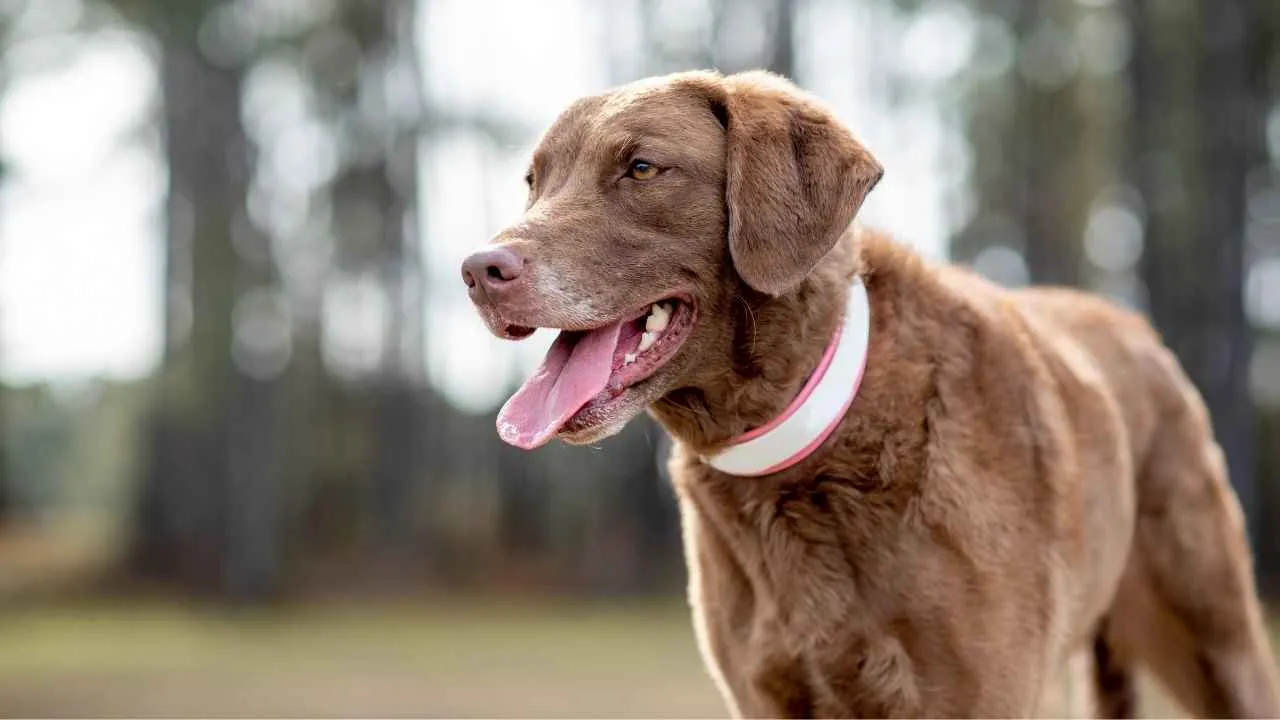
Meet the Chessie: a dog so tough, it laughs in the face of freezing water and high winds—and then dives right in to fetch your duck like it’s no big deal.
Chesapeake Bay Retrievers, fondly called “Chessies,” are strong and resilient dogs believed to descend from survivors of an English shipwreck in the early 1800s. As Maryland’s state dog, they were specifically bred to assist hunters in retrieving ducks and other waterfowl from the famous Chesapeake Bay, which inspired their name.
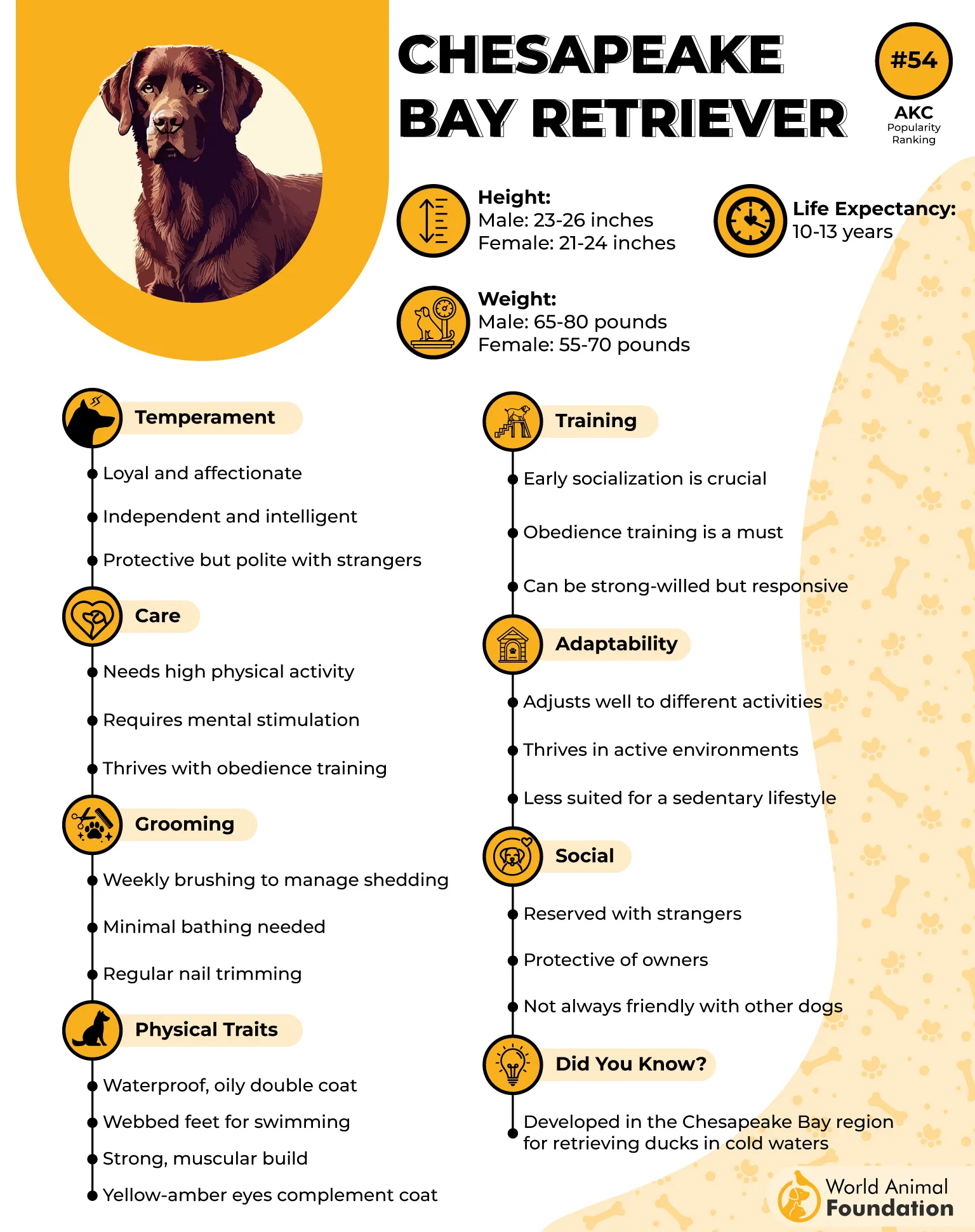
These intelligent dogs sport a beautiful coat and typically stand between 21 and 26 inches tall, weighing around 55 to 80 pounds. With a thick, oily double coat that shrugs off icy water and webbed feet built for swimming, the Chessie was made for wildlife detection in the wildest conditions.
But don’t let the intense work ethic fool you—underneath that rugged shell is a dog that loves their humans hard and sticks to them like Velcro (if Velcro had webbed paws and a hunting instinct).
Why the Chesapeake Bay Retriever Is a Wildlife Warrior:
✔ Wind? Cold? Rough waters? They’re in.
✔ They’re not quick learners; training them takes patience, but the payoff is huge.
✔ This dog bonds deeply with their people and watches your back, always.
Chesapeake Bay Retrievers are energetic working dogs built for long days of waterfowl hunting, even in icy conditions. While their grooming needs are fairly simple—just regular brushing—owners must be committed to giving them plenty of daily exercise and mental stimulation to keep them happy and healthy.
The Chesapeake Bay Retriever isn’t here to be flashy—they’re here to work. And if your idea of a good time involves camo, a boat, and a reliable wingdog who thrives in the elements, the Chessie’s your ride-or-die.
3. Bloodhound
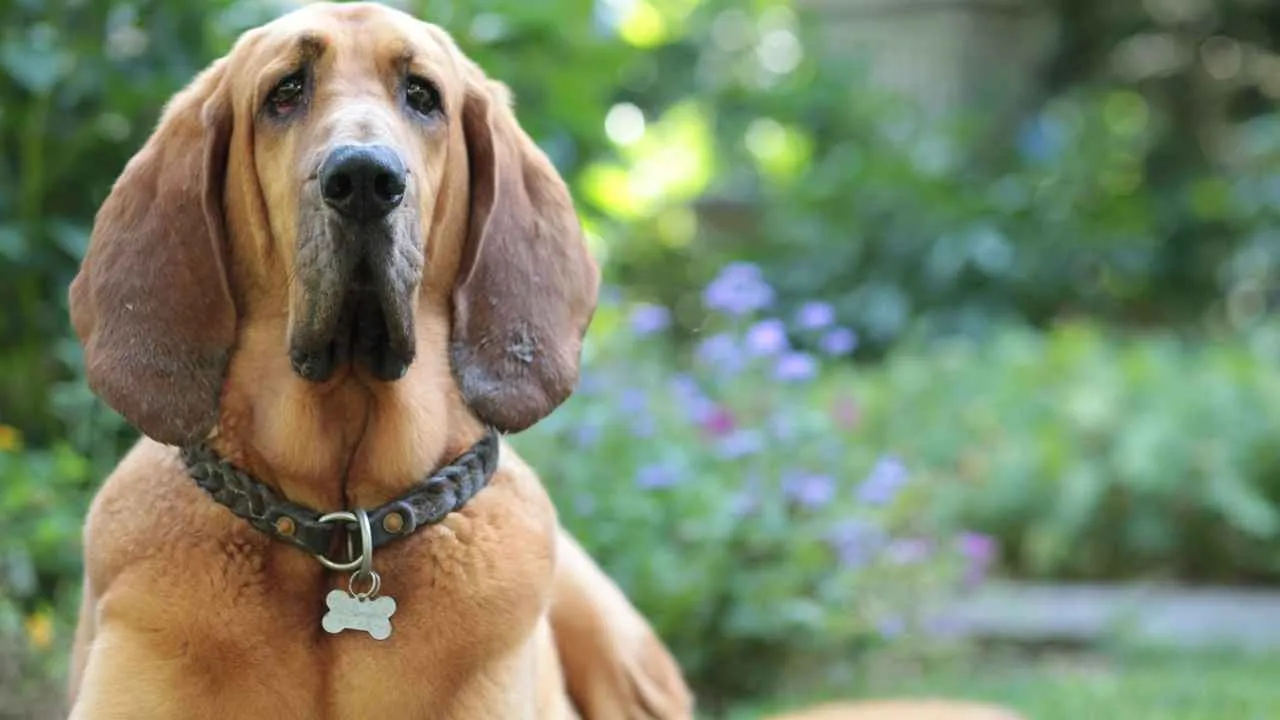
If Sherlock Holmes had four legs, long ears, and a droopy face, he’d be a Bloodhound. The Bloodhound is a sizable breed, typically weighing between 80 and 110 pounds and standing 23 to 27 inches tall.
Their distinctive features include long, droopy ears and loose skin folds, particularly around the face, which give them a thoughtful, solemn look.
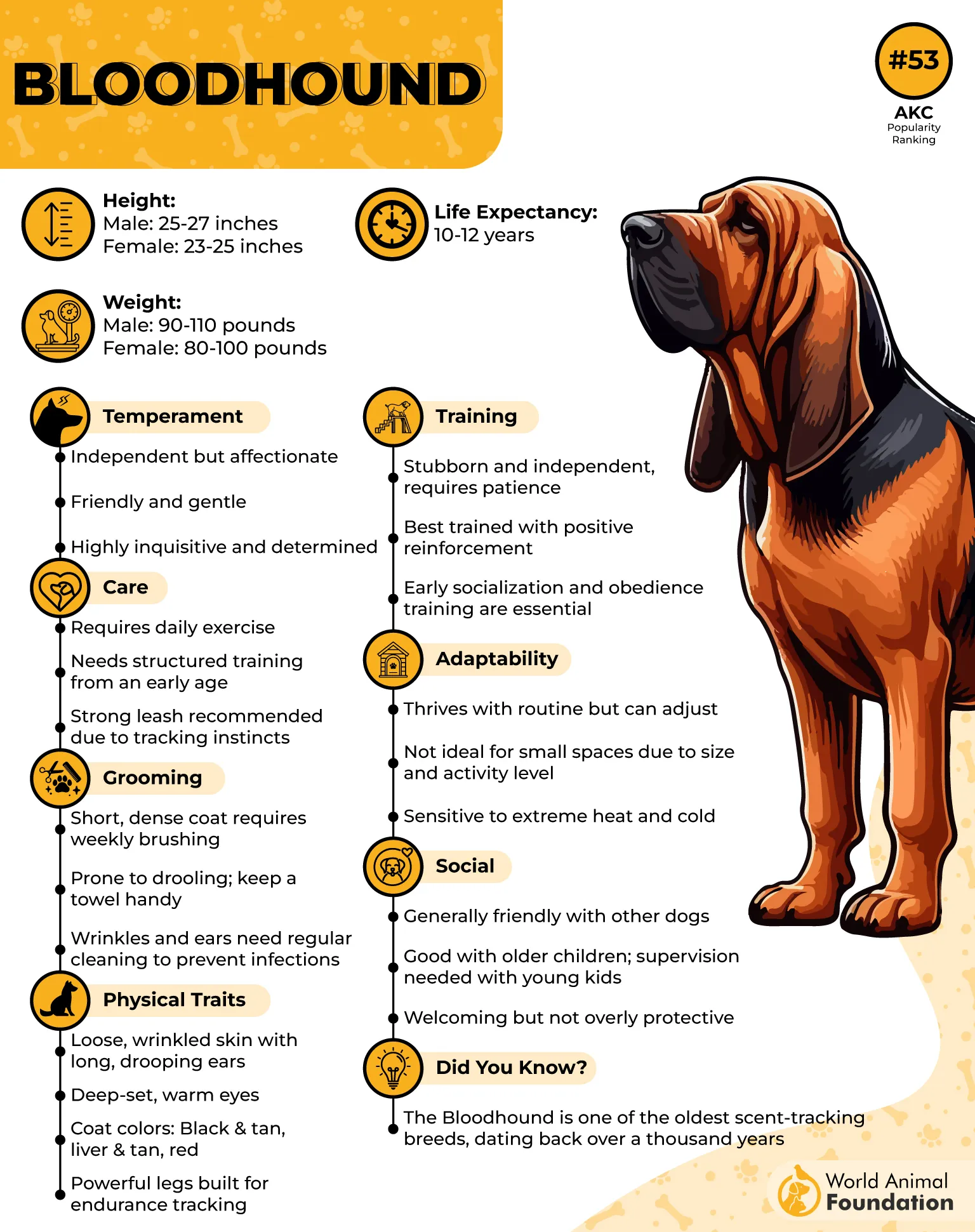
With over 230 million scent receptors (yes, that’s a real number), the Bloodhound is the ultimate nose-on-the-ground detective, capable of following a trail days old and miles long. Purina says the Bloodhound’s extraordinary sense of smell has rightfully earned it a reputation as one of the best trackers around.
Used in law enforcement and search-and-rescue, Bloodhounds are also exceptional wildlife detection dogs. Whether you’re tracking game or just trying to find the squirrel that dared trespass, this breed is all business when the nose kicks in.
Why Bloodhounds Are the OG Tracking Titans:
✔ They can track a trail for 130+ miles. Take that, GPS.
✔ Even the faintest scent trail can’t escape their notice.
✔ Off the clock, they’re droopy, cuddly, and delightfully lazy.
Known as pack dogs, Bloodhounds thrive on companionship and usually get along well with other pets and children, especially when socialized early. With the right family environment, they make wonderful, devoted family dogs.
Sure, they drool like it’s a competitive sport, but when you need a tracking partner with unmatched instinct and dedication, the Bloodhound is your soulful, slobbery MVP.
4. Boykin Spaniel
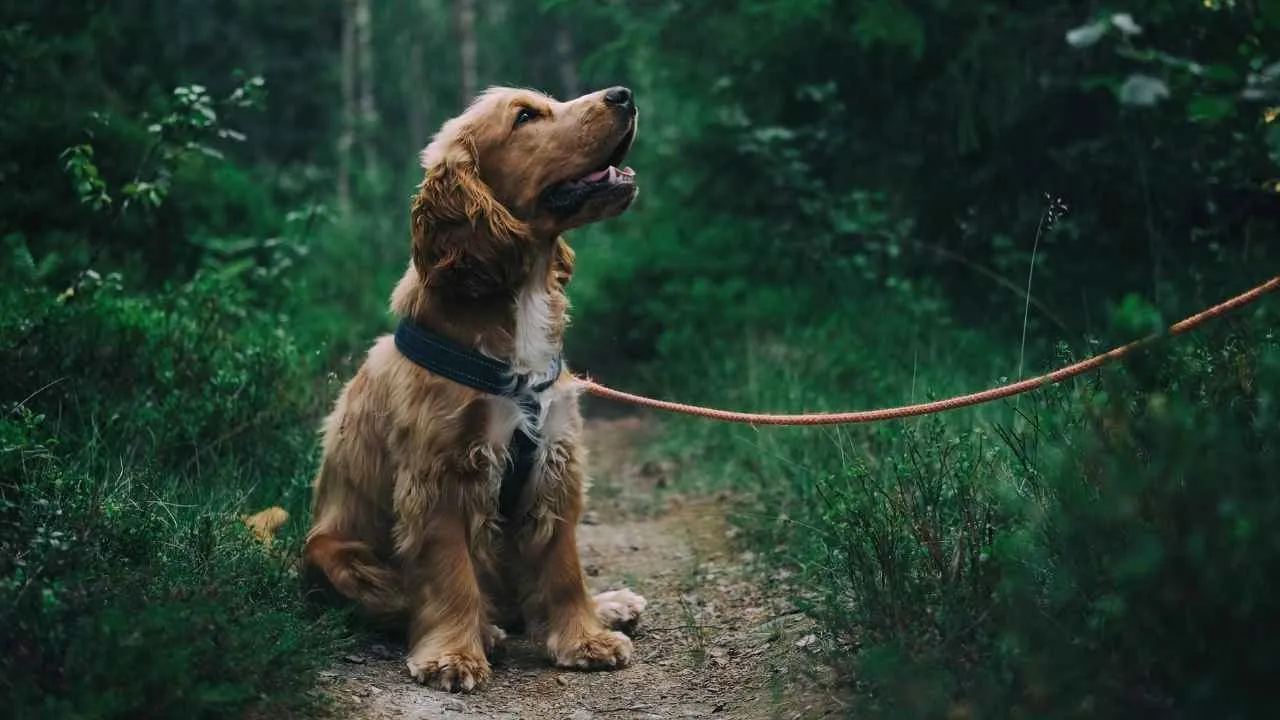
South Carolina’s state dog, the Boykin Spaniel, was bred for hunters who needed a compact, water-loving retriever that could jump in and out of boats without tipping them over. Mission accomplished. This little brown dynamo thrives in marshy terrain, flushing game birds and retrieving them with joyful precision.
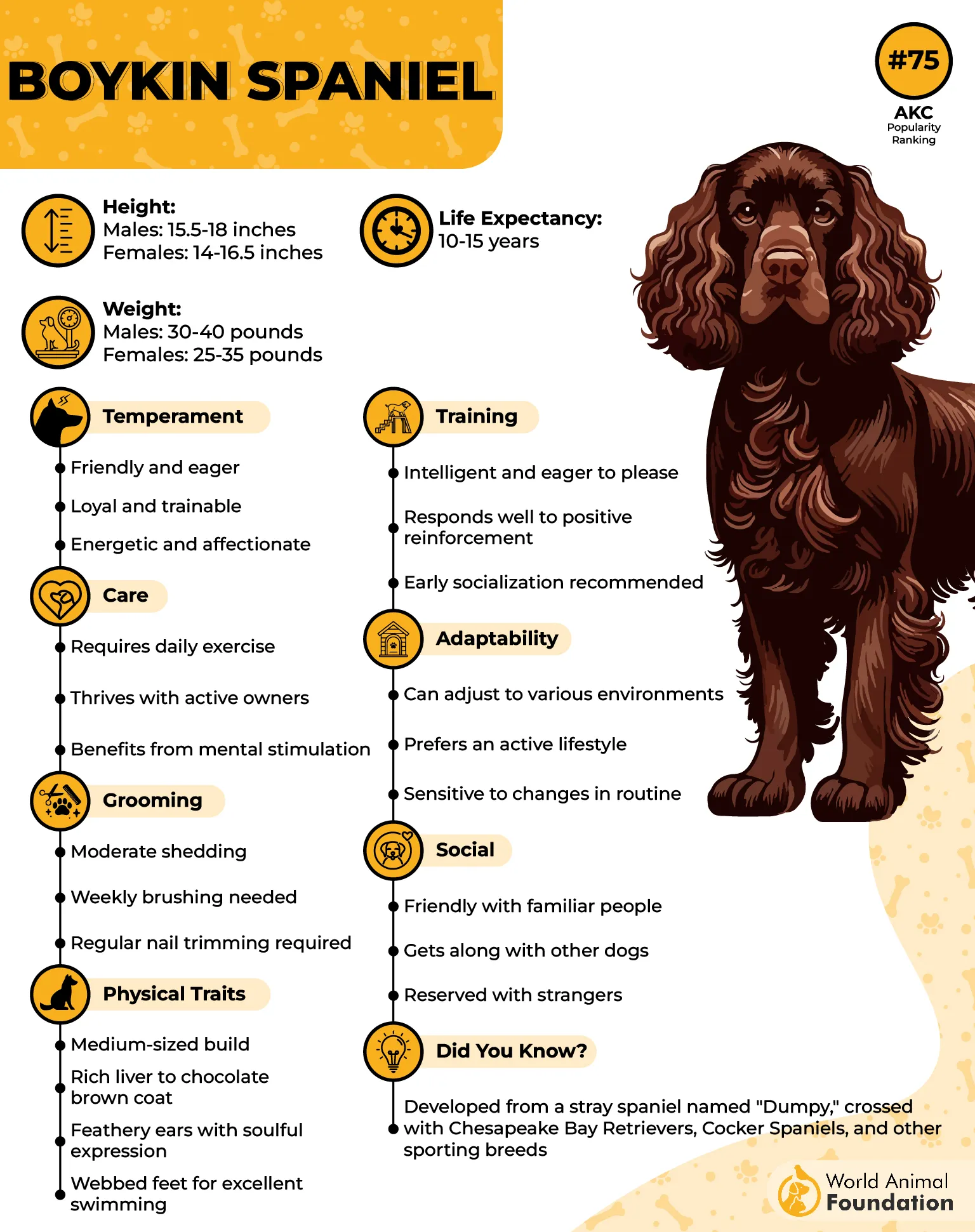
Their charming hanging ears and constantly wagging tails add to their appeal. Compact yet capable, Boykins make ideal hunting partners, combining impressive skills with a manageable size.
Beyond their hunting dog prowess, Boykin Spaniels are alert, confident, and intelligent—traits that make them excellent working dogs and loving family companions. Friendly and sociable, they typically get along well with other dogs and children, making them a great addition to active households.
Why the Boykin Spaniel Deserves a Spot in Your Duck Blind:
✔ Flushing and retrieving birds is their jam.
✔ Their dense, wavy coat sheds water and turns heads.
✔ Friendly, focused, and ready to switch from work mode to cuddle mode in seconds.
The Boykin Spaniel is an easygoing, family-pleasing dog with a heart full of affection. However, these athletic pups need plenty of exercise and mental challenges—without them, they may resort to destructive habits like chewing or digging to burn off excess energy.
The Boykin is like a pocket retriever with Southern charm and serious skills—proof that great things come in feather-finding packages.
5. Beagle
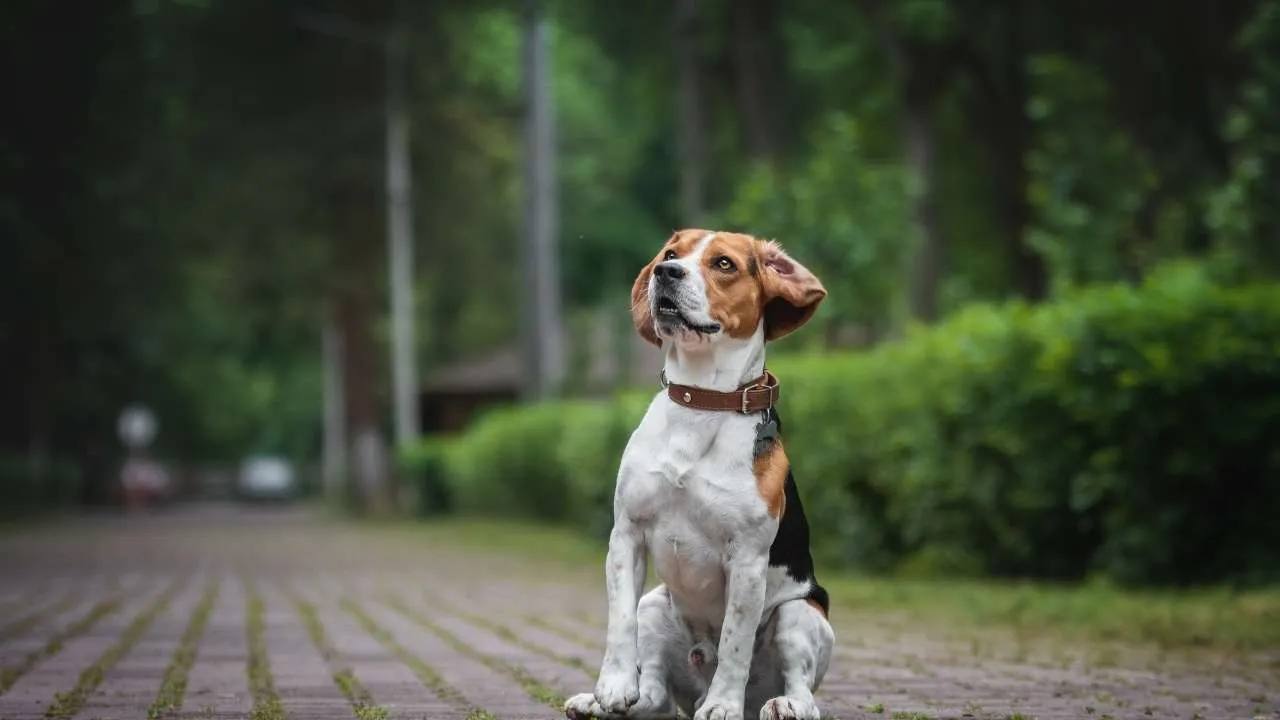
Compact, curious, and carrying a sniffer that could shame an airport beagle squad, this pup was made for the wild (and for alerting the neighborhood of every squirrel, scent, or suspicious leaf).
Primarily bred to hunt small game—especially rabbits—Beagles are scent hounds through and through. With a nose that’s only slightly less powerful than the Bloodhound’s and a vocal range worthy of a soprano, they’ll follow a trail with laser focus… and narrate the journey the whole way.
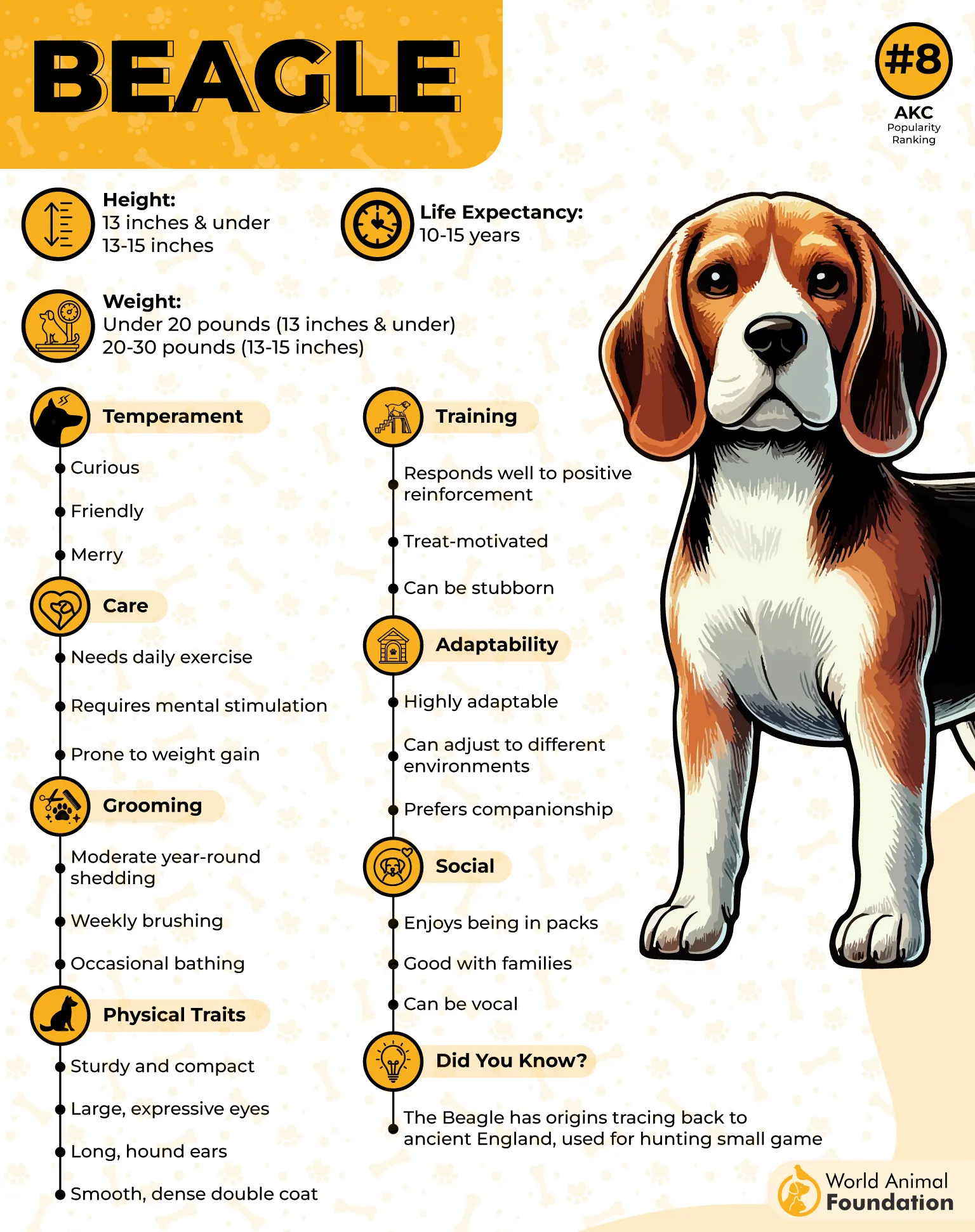
Beagles are usually thought of as medium-sized dogs, but they actually come in two size varieties: the standard Beagle, standing 12 to 15 inches tall, and a smaller version under 12 inches. Regardless of size, adult Beagles typically weigh no more than 30 pounds.
Known for their loving and affectionate nature, Beagles usually get along well with children and other pets. However, their curious puppies can easily get into mischief and may wander off if not carefully supervised.
Why Beagles Are the Backyard Sleuths of Wildlife Detection:
✔ Their noses are in the top three most powerful in the dog world.
✔ They’ll tell you (and your neighbors) when they’ve found anything.
✔ They make the hunt feel like a game, and they never quit early.
Whether you’re tracking rabbits or just want a canine comedian with a snout that doesn’t miss a thing, the Beagle is your small-but-mighty trailblazer.
6. Golden Retriever
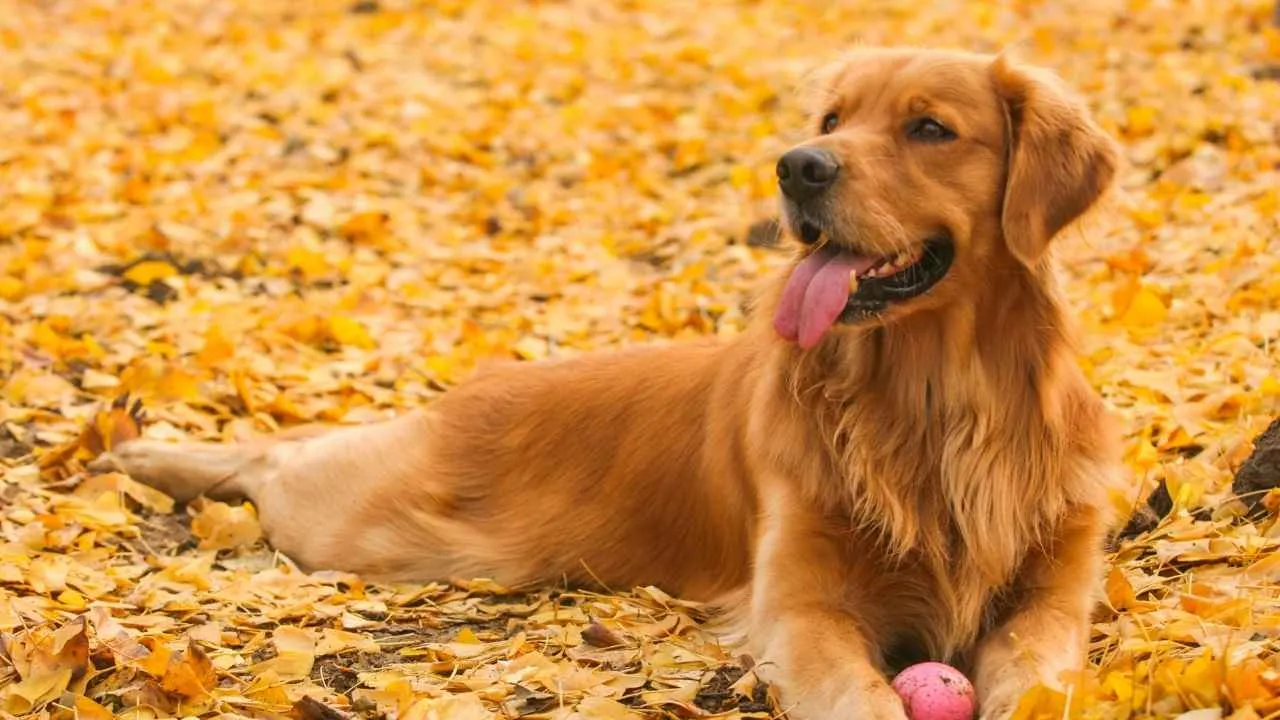
Golden Retrievers are like the Labradors’ golden-haired cousins: endlessly cheerful, incredibly smart, and always up for a fetch mission—especially if it involves feathers.
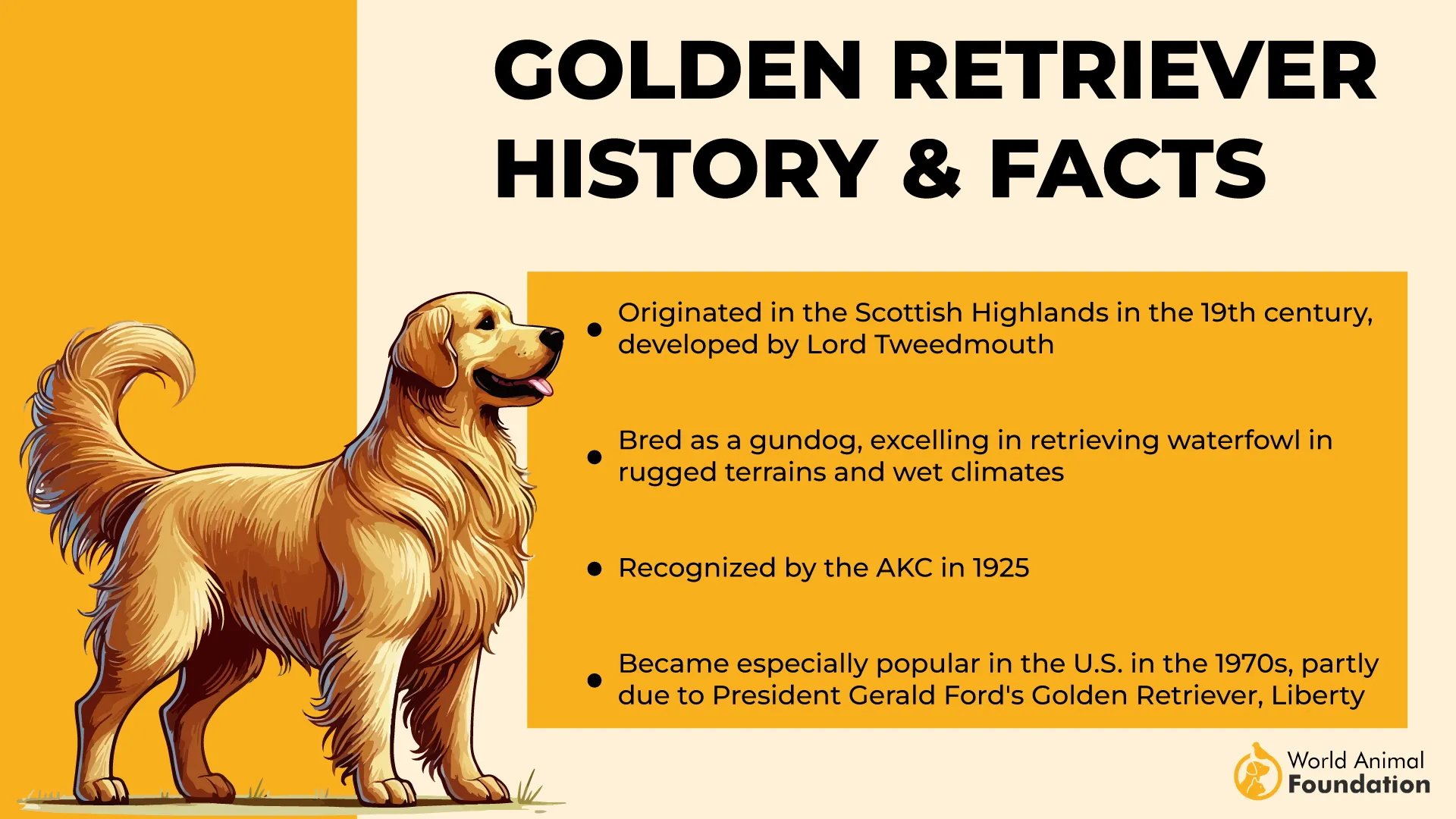
Originally developed as gun dogs in Scotland, Goldens were bred to retrieve downed waterfowl gently (they’ve got those famously soft mouths). Today, they’re not just excellent wildlife detection dogs—they’re also therapy stars, service pros, and full-time joy bringers.
Golden Retrievers rank among the most popular dog breeds in the United States. Known for their friendly and gentle nature, combined with a strong work ethic, they make outstanding family pets.
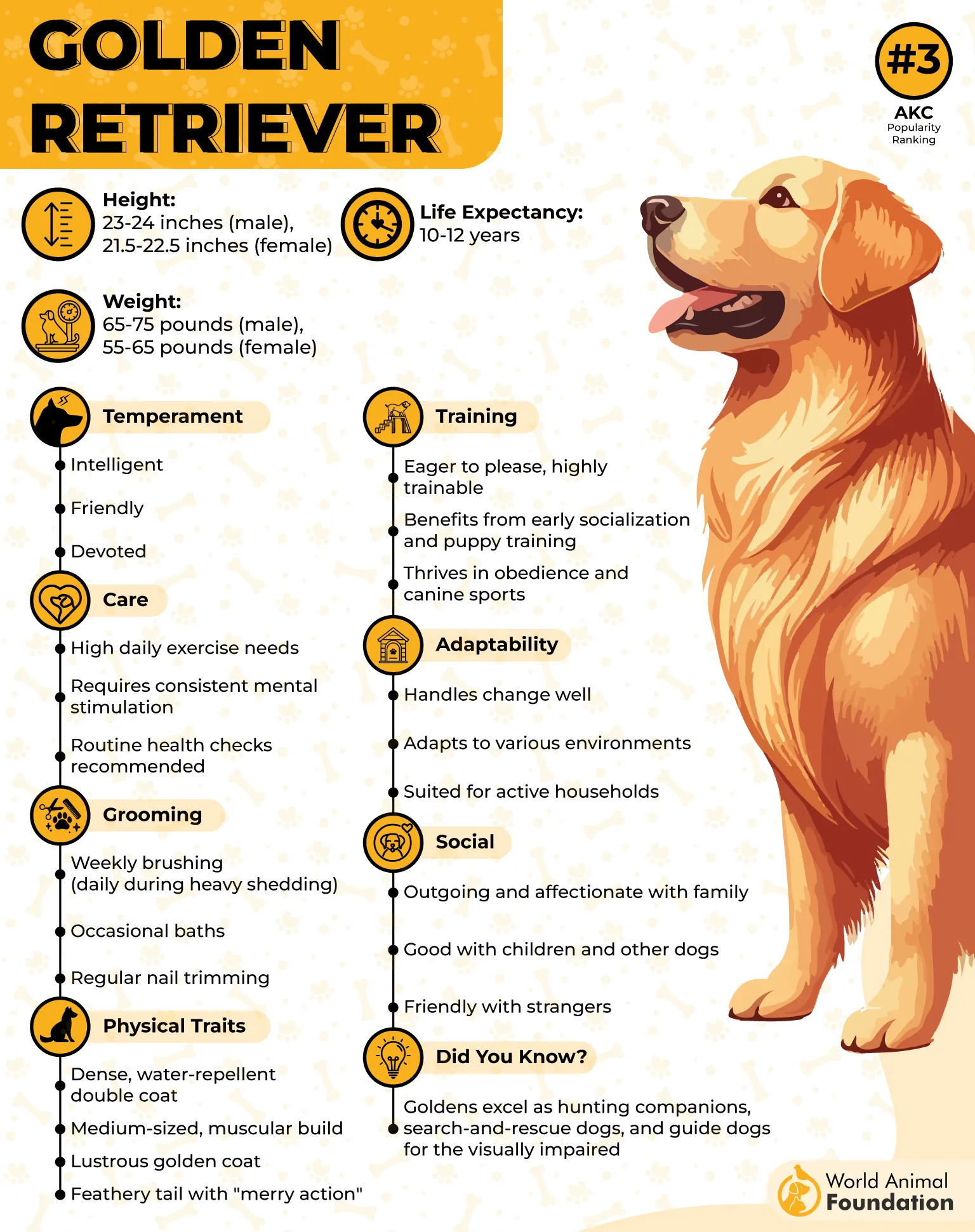
Why Goldens Shine in the Field and at Home:
✔ They retrieve without damaging the game. That’s skill and grace.
✔ Always eager, always enthusiastic, always wagging.
✔ Training them is a breeze; they live to make you smile.
As per Britannica, this versatile breed shines in a variety of competitions, excelling in obedience, agility, tracking, retriever field trials, and dock diving, where dogs leap off a dock into the water to retrieve objects.
If you’re after a dog that can detect wildlife and melt hearts at the same time, a Golden Retriever brings the whole package—feathers optional.
7. Black and Tan Coonhound
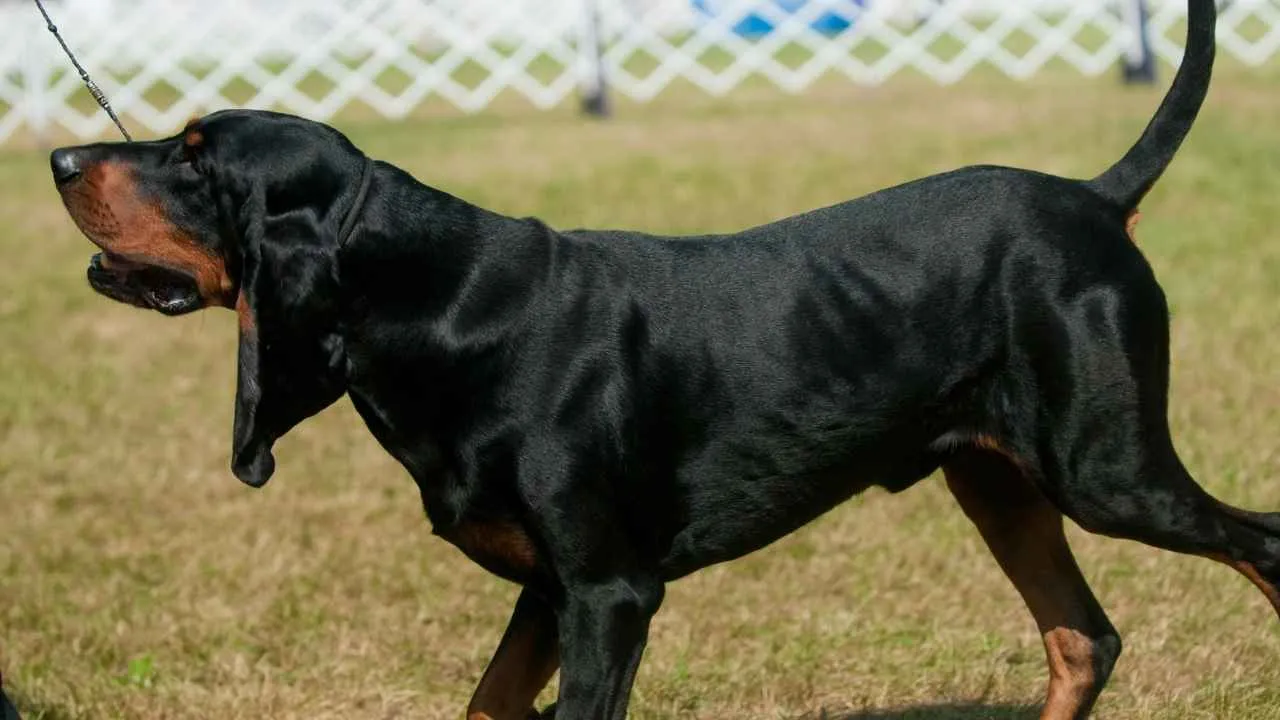
Don’t let that sleek, soulful look fool you—this hound is a powerhouse on the scent trail. The Black and Tan Coonhound was bred to track and tree everything from raccoons to bears—and yes, they’ve been known to chase cougars and mountain lions (talk about fearless!).
High-energy and tenacious, these dogs live for the thrill of the chase. Their amazing noses and baying voices make them legendary hunting companions, especially in the dark woods where most critters try to hide.
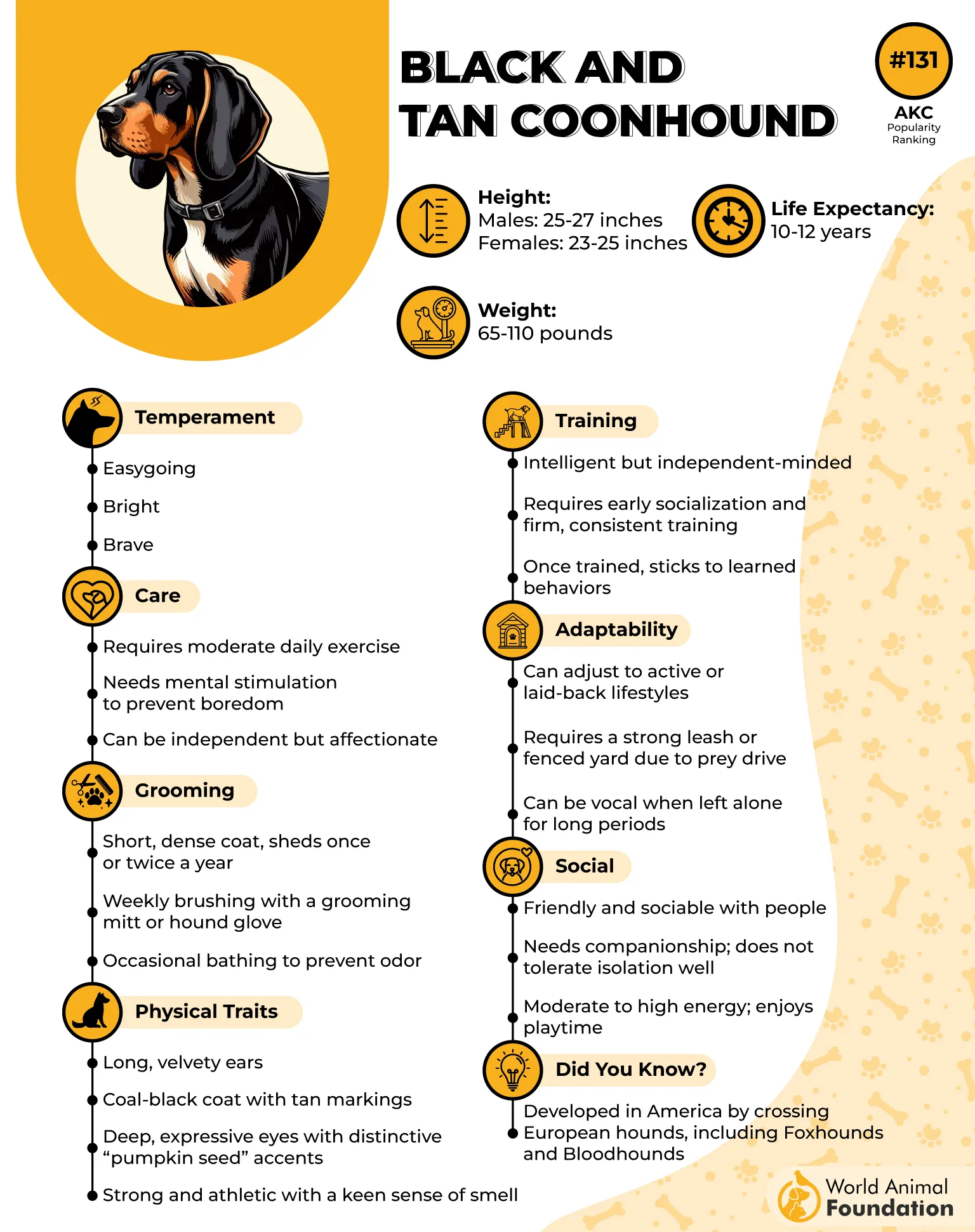
Black and Tan Coonhounds typically weigh between 65 and 110 pounds. Males usually stand 25 to 27 inches tall, while females are slightly smaller, ranging from 23 to 25 inches in height.
Black and Tan Coonhounds are calm, laid-back, and quiet when indoors, but their hunting instincts come alive once they’re outside. Known for their distinctive howling and baying, they can be somewhat reserved around strangers.
Why the Black and Tan Coonhound Is a Trailblazer:
✔ They’ll follow a scent no matter how tricky.
✔ Their nose is their greatest asset.
✔ Their baying voice is music to a hunter’s ears.
However, their keen nose and strong prey drive mean they might not be the best choice for families with smaller pets, as they could view them as something to chase.
Early socialization and training are essential when bringing home a Black and Tan Coonhound puppy. Loyal and adaptable, these dogs thrive in active households that offer plenty of outdoor adventures. Regular exercise and mental stimulation are key to keeping them happy and balanced.
Conclusion
The best dog breeds for wildlife detection combine strong breed characteristics like a powerful dog’s nose, quick learning ability, and a strong sense of smell. Other popular breeds such as Border Collies, German Shorthaired Pointers, and Cocker Spaniels are often trained as hunting dogs and detection dogs due to their excellent skills.
Certain breeds are also preferred for conservation work, helping monitor other animals in the wild. When choosing dogs for wildlife detection, dog selection is important to ensure they handle challenges like separation anxiety and adapt well to their role. These breeds stand out among other breeds for their dedication and effectiveness in wildlife detection tasks.


